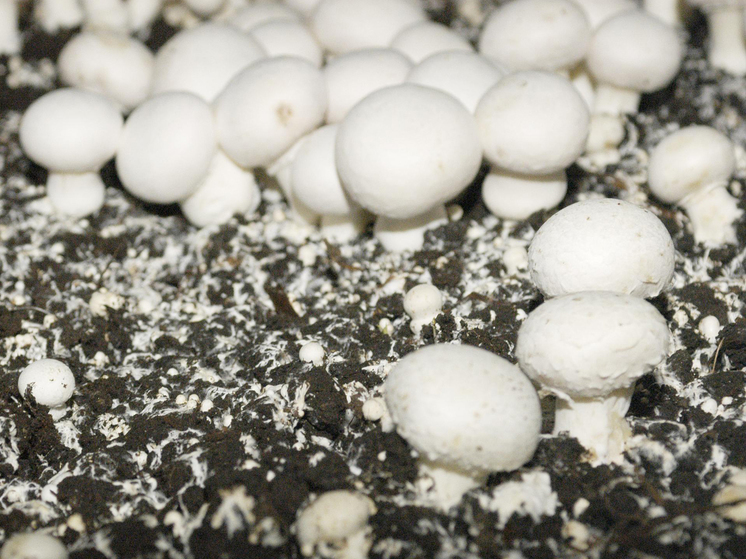Major step in eco-energy
Scientists are turning to fungi to create eco-friendly carbon-based energy storage materials. Traditionally, the production of such materials used to rely heavily on fossil fuels.

In a new study published in the journal Global Challenges, the team examined the production of carbon filaments for use in energy storage devices called supercapacitors, which, like batteries, store electrical energy by separating positive and negative charges on electrodes typically made of porous carbon material . Unlike traditional batteries, which store energy through chemical reactions, supercapacitors store energy electrostatically, allowing for rapid charge and discharge cycles.
“The carbon goes into your tires, into the polymers to change their properties, in addition to purifying the biogas, and also to store energy,” explained scientist Mitchell Jones. “We can reduce our dependence on fossil resources by using fungal fibers that have been converted into carbon.”
Plant-based carbon fibers have already been used for this purpose, but Jones notes that mushrooms have an advantage. The fact is that fungal fibers are already beautiful and small, their use is often less energy intensive. He described the differences in production processes: “We first need to grind the plant fibers to the right size before turning them into carbon, which requires a lot of energy. We don't need to do this with mushrooms because they naturally have a very fine fibrous structure suitable for supercapacitors.»
Micro- and nano-sized porous carbon meshes provide more surface area to work with, which means more active sites for electrochemical reactions that store and release energy, as well as more sites for trapping impurities if the material is used as an absorbent filter, such as in biogas purification .
During the study, scientists used ordinary white champignons and royal oyster mushrooms — mushrooms that can be bought at almost any grocery store. Different mushrooms have different fiber sizes, depending on the species and the environmental conditions in which they were grown, such as temperature and humidity levels.
“Also, when fungi grow in environments with high concentrations of metals, inorganic salts and the like, they tend to absorb them and incorporate them into their fibrous structure,” Jones said. “This means that by carefully selecting mushrooms and growing them in an environment where we add metals and salts, we can influence the size of the fibers we get and how much inorganic, that is, non-fungal, content they contain.”< /p>
In preliminary laboratory tests, the carbon derived from the two types of mushrooms was found to have «moderate» specific capacitance, which refers to the materials' ability to store electrical charge per unit of size or weight. Their value was slightly lower than that of commercial coconut shell coal called YP-50F carbon, and was lower than that of other traditional coals.
According to Alexander Bismarck of the University of Vienna and others As a scientist, obtaining consistent results is a challenging task.
“Working with biological organisms is never easy. We always need to anticipate significant sample-to-sample variations and sometimes limitations in repeatability of results,” he says.
Scientists are now exploring additional applications for these fungal-based materials, including harnessing their ability to absorbing resources and using their inherent sensing and signaling capabilities to gather information about the environment.
“We are just beginning to understand how we can use fungi to achieve a sustainable future,” he concluded.






















































Свежие комментарии